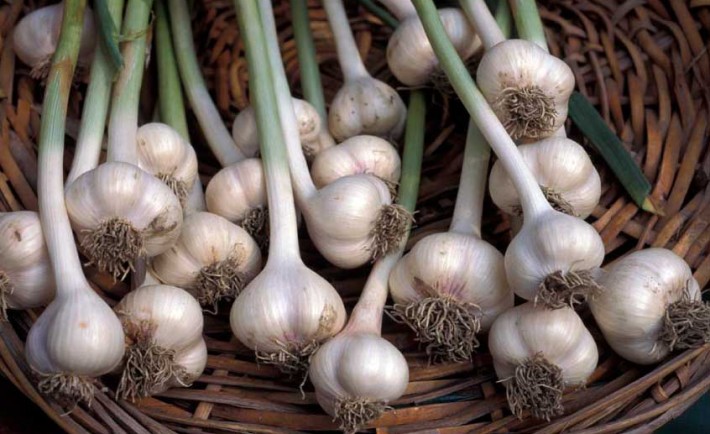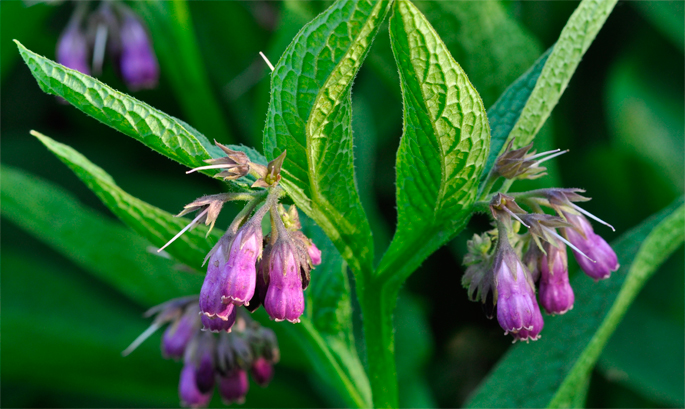Guindilla and Galanperna

In the garden, I haven't changed them yet. The fruits of my heart. Brought from America, don't you think? The best are on the banks of our country. Fine, tender, soft, subtle... I'm talking about peppers, Capsicum sp., not any peppers. There's a machine, fat, long, cousca, regordeta, sweet, red, goose... I like her: guindilla. Long skinny with small jet. The guindilla has been developed here, it is a variant that has been brought from America to know when and for years it has adapted to the ecological conditions of the country, the climate and the land. The one called the ecoprototype, the one here. Ours, created by our culture.
I don't have the plants in the orchard yet, and by the time I already have them, I'm eating them. On the abundant banks of our people, its expanded cultivation and its tremendous knowledge of it, it was difficult to acquire it before the festivities of Santiagos. And the one who had at his party refined it ... Comparable to the one that brings the first fungi to the street or shows the first angles of fall. This year I have a broken record: on May 11 I had a tasting of the village's first guindillas. What I love most about raw materials are the first bites and then the fried ones. Like before, guindillas are now made in greenhouses. The work is much more expensive, but it is worth it, of course. It is a question of asking for more than EUR 12 per kilo and I think that before you hear it you are going to change your hand. In summer, when production is at its peak, the price ranges from three to five euros. At least so far...
This year, with the march that is taking time, I don't know what it will be. Eating the greenhouse and not planting the vegetables... The driest environments will come! Otherwise, we have a holiday in the orchards, and in the holidays we have to pay three times.
I've begun to smell this thirteenth year of the 18th century in strange ways. Another show is a mushroom that I have never eaten more than in the fall, by the time it is tasted, the galanperna on May 16. I give you the impression that it will be a short year. By the way, we'll talk in the fall.
Datorren uztailean izango al dugu lanik? Izango al dugu labore uzta biltzeko lanik? Gure aldean, etorkizuna planifikatzeko eta antolatzeko gaitasun handia dute landareek; ia landare guztiek. Bere zikloa biziko den tokian gertatuko diren gorabeheretara egokitua izango da... [+]
Omitting all the fruits meted out,” the expression says. Mandio is a handful of apples, pumpkin and kiwi (Malus domestica, Cucurbita maxima and Actinidia chinensis). Many more will be maize (Zea mays); or beans (Phaseolus vulgaris); potato (Solanum tuberosum), onion (Allium... [+]
Do you have a vegetable garden? As a child, the two orchards I've met at home had a wall. One on the lap and the other on one side. A good use of the walls will make the garden have a great benefit. It will create a shelter: it will be placed in the right place to shade, or to... [+]
I should like to take this opportunity to comment on it to the reader: the longest days of the year have gone and the night has elongated and the daylight has begun to shorten. This will have terrible consequences on plants and let's avoid in nosotros.Este summer that we just... [+]
Make a hole with the planter and put the plant in. The grief guindillas (Capsicum annuum), which will heat up by the summer of this year, are already planted. Just to think about it, my teeth got sweaty.
In our town the river Oria becomes a curl, and in the people of the banks... [+]
From red, Rubus fruticosus and Rubus ulmifolius. In the red stem the new buds and leaves are red, although soon they will look green. In autumn, even when the cold burns your skin, the leaves will become red. Red in butter and red in old trash. Some say that the name of Rubus of... [+]
Most crops have been harvested. The end of the plant cycle is the germ that initiates the cycle of another new plant. When we replenish the harvest, we tend to collect fruits or seeds and eat from the two to warm up the winter. The plant has devoted enormous forces to the... [+]
Garlic, Allium sativum, is never missing in our kitchen. Dry heads hanging all year and new for the first six months. Garlic heads and grains are drifting away from home to the orchard, the time of sows. Also later, outside the planting season, garlic should go to the orchard... [+]
The garlic season is already here. Planting season of garlic. His harvest will be later, and he has to start working in the head. In the head, the garlic. But we don't all look for the garlic head. The garlic sown for greens is increasingly seen in orchards. Also in the orchards... [+]
I answer with a point, not of fear, but of respect and shame, more and more often, to whom I ask almost anything on plants. And that point is getting bigger and bigger.
In the evening, someone asked me when to sow the tomato (Solanum lycopersicum). I was willing to give way to... [+]
The Catalan town of Puigcerdá is located on the mountain, in the Pyrenees, at 1,200 meters altitude, and is home to harsh winters. It is reminiscent of the times when we were experiencing a more unpeaceful climate here.
For hundreds of years they have eaten there, like us,... [+]
Sprouts without head, Brassica oleracea var. acephala edo var. viridis, Galician cabbage and wheat cabbage. In Galicia it is the cabbage, the most common. It is used to make the green soup, which has a great glory. From Euskal Herria and following the shore of the Atlantic, you... [+]
The most renowned saffron, the Crocus sativus, is Spanish. Everyone sells Spanish saffron. Many of the azafranes that are produced in the world travel to Spain and are sold as if outside here. A formidable theft is organized. It's expensive, it's very expensive, and the thymus is... [+]
Casp herbs (Symphytum officinale and Symphytum tuberosum) are suitable for auzolan. They do a great job of promoting their environment, an ecosystem that complements their life. They're kind to the ones next to them and they're kind. Above all, take into account those who have... [+]

























